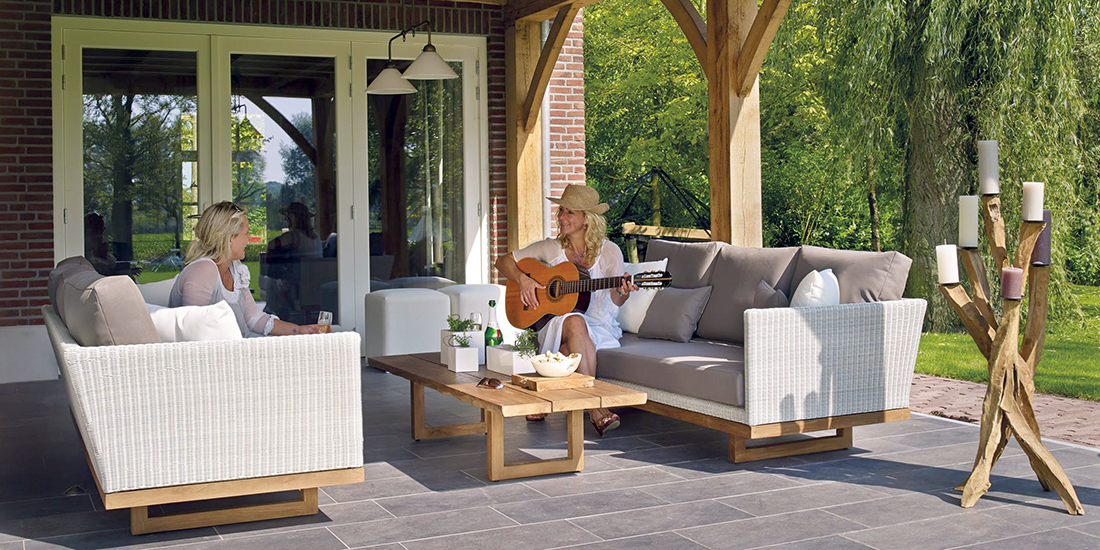
Q: I’ve decided to add a paver patio to my backyard for home entertaining, but I’m uncertain about the challenges involved. I’m also not sure if I should hire a contractor or do it myself. What do you suggest?
A: You’ve made a great choice. Paver patios provide sturdy and lasting foundations for exterior living spaces like outdoor kitchens and entertainment areas. Whether you hire a contractor or go the DIY route really depends on the project’s size and sophistication, as well as your skill level, available time, and patience—you can’t rush landscaping projects.
While the DIY approach will save you money on labor, it will also require much more work from you. To successfully complete a paver patio with minimal frustration, you will need your own equipment and materials, reliable people to assist, and ample time. In contrast, hiring an experienced contractor will be easier, less time-consuming, and convenient, and you’ll have peace of mind knowing an expert is on the job. Ultimately, your own comfort level with the project should guide your decision.
To help, here are a few things to consider before you begin.
First, get a handle on the project’s scope and complexity. A typical DIY patio project is a simple, small rectangular paver patio with a basic pattern in a completely flat and level yard. Most online video instructions provide enough information for basic patio installations. If you pursue such a project, I highly recommend including a paver border in a contrasting color to create a professional-looking finish frame.
Adding scope and complexity will increase the difficulty. For example, the bigger your patio, the more time and labor it will take to complete. From site excavation to placing pavers, more paving area means more work. And if your site is not level, includes curves and other tricky designs, or has landscape features such as trees, the difficulty level will quickly rise. At this point, a contractor may make more sense.
Second, consider the actual timeline and workflow required. To give you a sense of the work involved, here is a very basic outline of the process for physically installing a paver patio; more detailed instructions and videos are available on our website.
- Excavate to prepare the site: Excavate the area by removing grass and digging down at least 7½.”
- Prepare the paver base: Add 5/8” minus gravel sub-base and level to 1/4” slope away from house.
- Place pavers: Place pavers in your chosen pattern over a 1” sand base and add edge restraints to hold them in place.
- Compact and add joint sand: Compact the patio for proper paver interlock and add joint sand to stabilize.
- Clean and seal: Enjoy your new patio!
Bottom line? Hardscaping with paver patios will add structure and beauty to your yard that will last for years. Whether you choose to take on the project yourself or hire a contractor is up to you based on your own skill, time, resources, and comfort level. Whatever you decide, paver patios are a worthwhile investment that will add value to your home and inspire you and your friends to take the fun outside.
Laura Hoffman heads marketing and communications for Mutual Materials, a member of the Master Builders Association of King and Snohomish Counties (MBAKS). If you have a home improvement, remodeling, or residential homebuilding question you’d like answered by one of MBAKS’ nearly 2,800 members, write to homework@mbaks.com.